Introduction to Email Open Rates Average
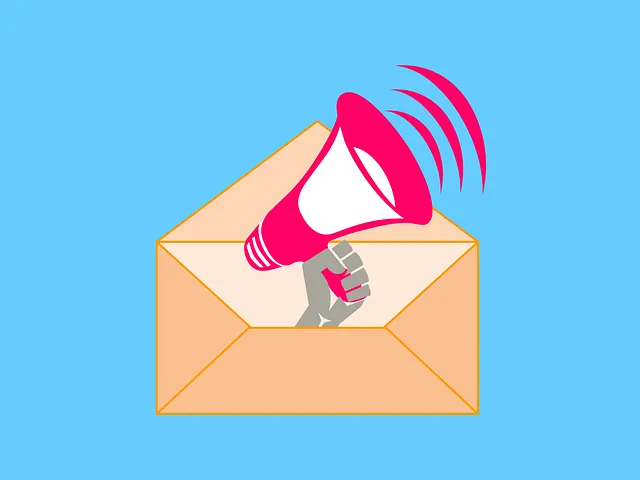
Email marketing remains a cornerstone of digital marketing strategies, with open rates being a critical metric for success. Understanding the average email open rates can significantly impact your campaign's effectiveness.
In this section, we'll explore what an average email open rate on average is and its importance in email marketing campaign.
What is an Email Open Rate Average?
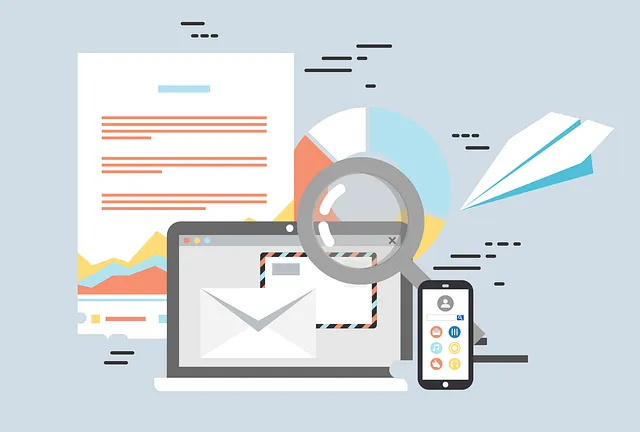
An email open rate average refers to the percentage of recipients who open a specific email campaign.
It’s calculated by dividing the number of emails opened by the number of delivered emails and multiplying the result by 100. This metric helps email marketers to gauge the effectiveness of their email marketing campaigns.
For example, if you send out 1,000 emails and 200 are opened, your average email to open call conversion rate for email alone is 20%. This figure provides a email marketing benchmarks to compare the performance of your email campaigns over time or against industry averages.
Comparing your higher open rates to email benchmarks can help you understand how your campaigns perform relative to industry standards.
Email open rates average is a vital metric for understanding how well your emails engage your audience.
It’s crucial to consider various factors that influence this bounce rate, including the subject line, the time of sending emails, and the relevancy of the content to your subscribers.
Importance of Email Open Rates in Email Marketing Campaign

Email open rates are essential for several reasons. Firstly, they are a direct indicator of your email's effectiveness in capturing your audience's attention.
A higher open rate typically means that your subject lines are compelling and your audience finds your emails relevant.
For instance, in a successful email marketing campaign, an open rate for email of 20% or higher is often considered good.
However, this can vary significantly depending on the industry and the nature of the email. Monitoring your email open rates average allows you to make informed adjustments to improve engagement.
Here are some key reasons why email open rates matter:
- Measure Engagement: Email open rates provide insights into how engaged your subscribers are. Highest open rates suggest that your audience is interested in your content, while low open rates may indicate a need for improvement.
- Optimize Email Content: By analyzing which emails have higher open rates, you can identify what content resonates best with your audience. This information is invaluable for refining your email marketing strategy.
- Evaluate Subject Lines: The subject line is often the deciding factor in whether an email gets opened. By tracking open rate for email, you can test different subject lines to see which ones are most effective.
- Improve Deliverability: Consistently high open rate for email can positively impact your sender reputation, which in turn improves email deliverability. Email providers are more likely to deliver your promotional emails to the inbox rather than the spam folder.
- Benchmark Performance: Comparing your email open rates to industry averages can help you understand how your campaigns stack up against competitors. This benchmarking is crucial for setting realistic goals and expectations.
Factors Affecting Email Open Rates Average

Understanding the factors that influence your email open rates average is essential for optimizing your email marketing campaign.
Various elements, from industry standards to content relevancy, play a crucial role.
Let's explore factors affecting good email open rate in detail.
Industry average email open rate
Understanding the industry average email open rate is crucial for benchmarking your email marketing campaigns. Different industries have varying open rates.
For example, the average open rate for emails in the retail sector might be lower than in the healthcare sector.
Knowing where you stand helps set realistic goals and adjust strategies accordingly. In addition to open rates, understanding the average click through rate for your industry can provide deeper insights into your email campaign performance.
Email subject line
The email subject line is the first thing recipients see and plays a significant role in whether they open your email.
Crafting compelling and relevant subject lines can significantly improve your email open rates average.
Experiment with different lengths, tones, and personalization techniques to see what resonates best with your audience.
Sender information
The sender's name and email address can influence open rates. Emails from recognizable and trustworthy senders are more likely to be opened.
Make sure your sender information clearly represents your brand and is consistent across campaigns to build familiarity and trust with your subscribers.
Bad timing
Sending emails at the wrong time can hurt your open rates. Bad timing means your email might get buried in your recipient's inbox.
Research suggests that emails sent on Tuesdays and Thursdays generally perform better, but you should test different times to find what works best for your audience.
Segmentation
Segmenting your email list based on demographics, behavior, or preferences can lead to more relevant content for your subscribers.
Segmented email campaigns tend to have higher open rates because the targeted content is tailored to the interests and needs of each segment, making them more engaging.
Content relevancy
Ensuring your email content is relevant to your target audience is key to maintaining high open rates. Irrelevant content can lead to subscribers ignoring your emails or even unsubscribing.
Regularly survey your audience and analyze engagement data to align your content with their interests.
Send time
The time you send your emails affects how likely they are to be opened. Test different send times to determine when your target audience is most active and likely to engage with your emails. Consider time zones and the daily routines of your subscribers to optimize send times.
Frequency
Finding the right frequency for your email campaigns is crucial. Sending too many emails can lead to fatigue and unsubscribes, while too few can result in lost interest. Aim for a balance that keeps your target audience engaged without overwhelming them.
Email list quality
Maintaining a high-quality email list is essential for achieving good open rates.
Regularly clean your list to remove inactive subscribers and invalid email addresses. A focused, engaged subscriber list will yield better results than a large, unengaged one.
Email copy content
Your email copy should be clear, concise, and compelling. Engaging content that addresses the needs and interests of your subscribers can improve your open rates. Use a friendly and conversational tone to build a connection with your audience and encourage them to open your emails.
Strategies to Improve Email Open Rates
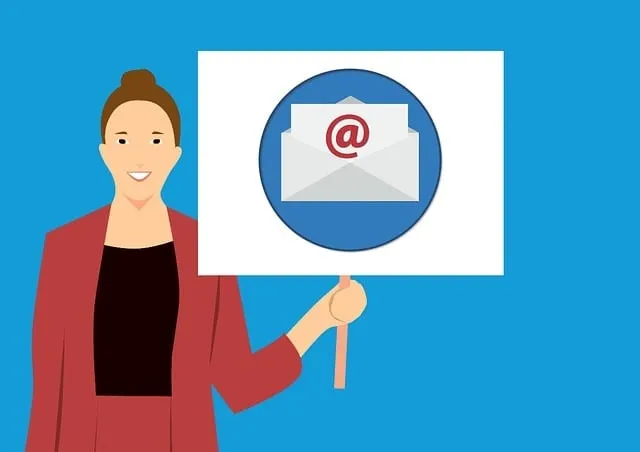
Developing a comprehensive email marketing strategy is essential for improving your email open rates. By analyzing email open rate and statistics, you can refine your approach and implement tactics that boost engagement.
Improving your email open rates average is crucial for the success of your email marketing campaign.
Here are some effective strategies that can help you achieve higher open rates.
1. Use a Recognizable Sender Name
Using a recognizable sender name is crucial for improving your email open rates average. People are more likely to open emails from senders they know and trust. Ensure your sender name clearly represents your brand.
2. Personalize Your Subject Line
Personalizing your subject line can significantly increase open rates. Adding the recipient's name or other personal details makes the email feel more relevant and engaging and give a touch of personal care.
For example, “Jane, here’s your exclusive offer!” is more compelling than a generic subject line.
3. Optimize Send Times
Optimizing send times is essential to ensure your email lands in the recipient’s inbox at the right moment. Test different times and analyze when your audience is most active. Generally, mid-week and mid-morning times work well, but it can vary based on your specific audience.
4. Clean Your Email List
Regularly cleaning your email list helps maintain high email open rates. Remove inactive subscribers and invalid email addresses to ensure you're only sending emails to those who are likely to engage. A clean list improves deliverability and engagement rates.
5. Use Preheader Text Effectively
The preheader text, or the preview text, gives recipients a sneak peek of your email content. Make sure this text complements your subject line and encourages recipients to open the email.
For example, “Exclusive Offers Inside” can entice readers to learn more. Effective preheader text can significantly contribute to email open rate improvement.
6. Segment Your Audience
Segmentation involves dividing your email list into smaller, targeted groups based on specific criteria such as demographics, past behavior, or engagement levels.
Tailored content for each segment of customer base leads to higher open rates and more effective email marketing campaigns.
This approach also enhances subscriber engagement by ensuring that the content of emails delivered is relevant and valuable to each group.
7. Avoid Spam Filters
To avoid your emails ending up in spam folders, ensure your content is relevant and your subject lines are not misleading. Avoid using excessive punctuation or all caps.
Additionally, maintain a healthy sender reputation by following best practices and monitoring feedback loops.
8. Utilize Double Opt-In
Double opt-in requires new subscribers to confirm their email address before being added to your list. This ensures that your list consists of engaged and interested recipients, leading to higher open rates.
While it adds an extra step to the subscription process, it improves the quality of your email list.
9. A/B Test Your Emails
A/B testing, or split testing, involves email open rate testing by sending two versions of an email to a small portion of your list to see which performs better. Test different subject lines, send times, and content to determine what resonates most with your audience.
Implementing the winning elements in your campaigns can improve your email open rates average.
10. Optimize for Mobile Devices
A significant portion of email opens occurs on mobile devices.
Ensure your emails are mobile-friendly by using responsive design, concise subject lines, and clear, easy-to-read content.
Test your emails on multiple devices to ensure they look great everywhere.
By implementing these strategies, you can improve your email open rates average, leading to more successful email marketing campaigns. Regularly review and adjust your approach based on your audience’s preferences and behaviors to keep your open rates high.
Industry-Specific Email Open Rates

Understanding how email open rates vary across different industries can provide valuable insights for tailoring your email marketing strategies to potential customers.
Here’s a look at the average email open rates for various sectors, helping you benchmark your performance and improve your campaigns.
Consistency, effort, and time are crucial in enhancing your email performance.
Difference Between Email Click Through Rates and Email Open Rates
This table outlines the key differences between email open rates and email click through rates, helping to understand their unique roles in email marketing.
Email click through rate is a key metric for tracking email marketing performance and offers industry benchmarks against which to compare.
Tools to Measure Email Open Rates Average

Tracking your email open rates average is crucial data for understanding the effectiveness of your email marketing campaigns and this data helps to identify potential customers.
Several tools can help you measure and analyze these metrics to get an effective email strategy. Here, we'll explore some of the best options available.
1.Mailchimp
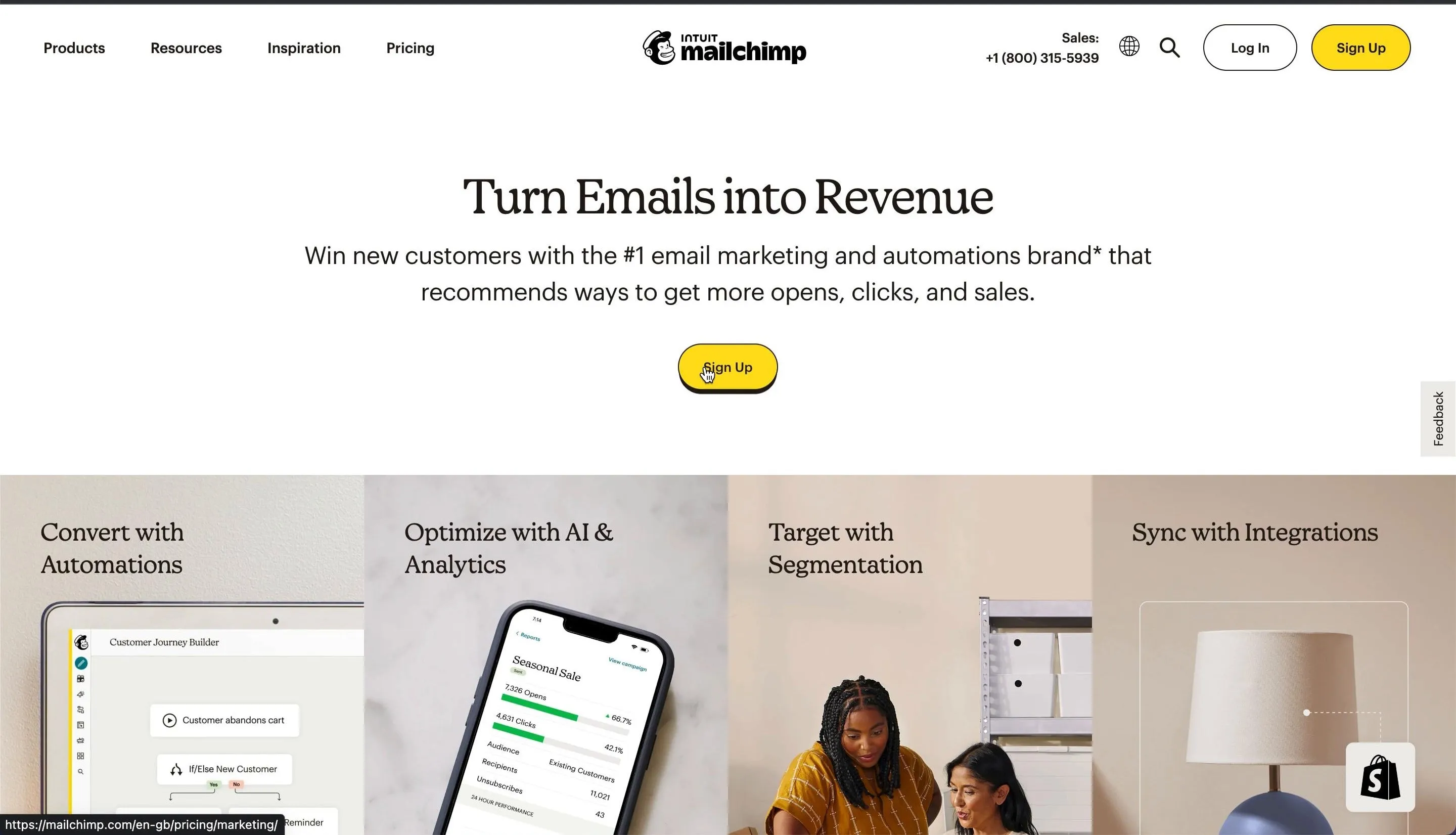
Mailchimp is one of the most popular email marketing platforms, known for its user-friendly interface and robust features. It provides comprehensive analytics, allowing you to track your email open rates average easily.
Mailchimp’s reporting tools offer insights into your audience’s behavior, helping you optimize your campaigns for better performance.
Key Features:
- Detailed reports on open rates, click-through rates, and more.
- A/B testing to determine the most effective subject lines and content.
- Audience segmentation to target specific groups and improve engagement.
2. Constant Contact
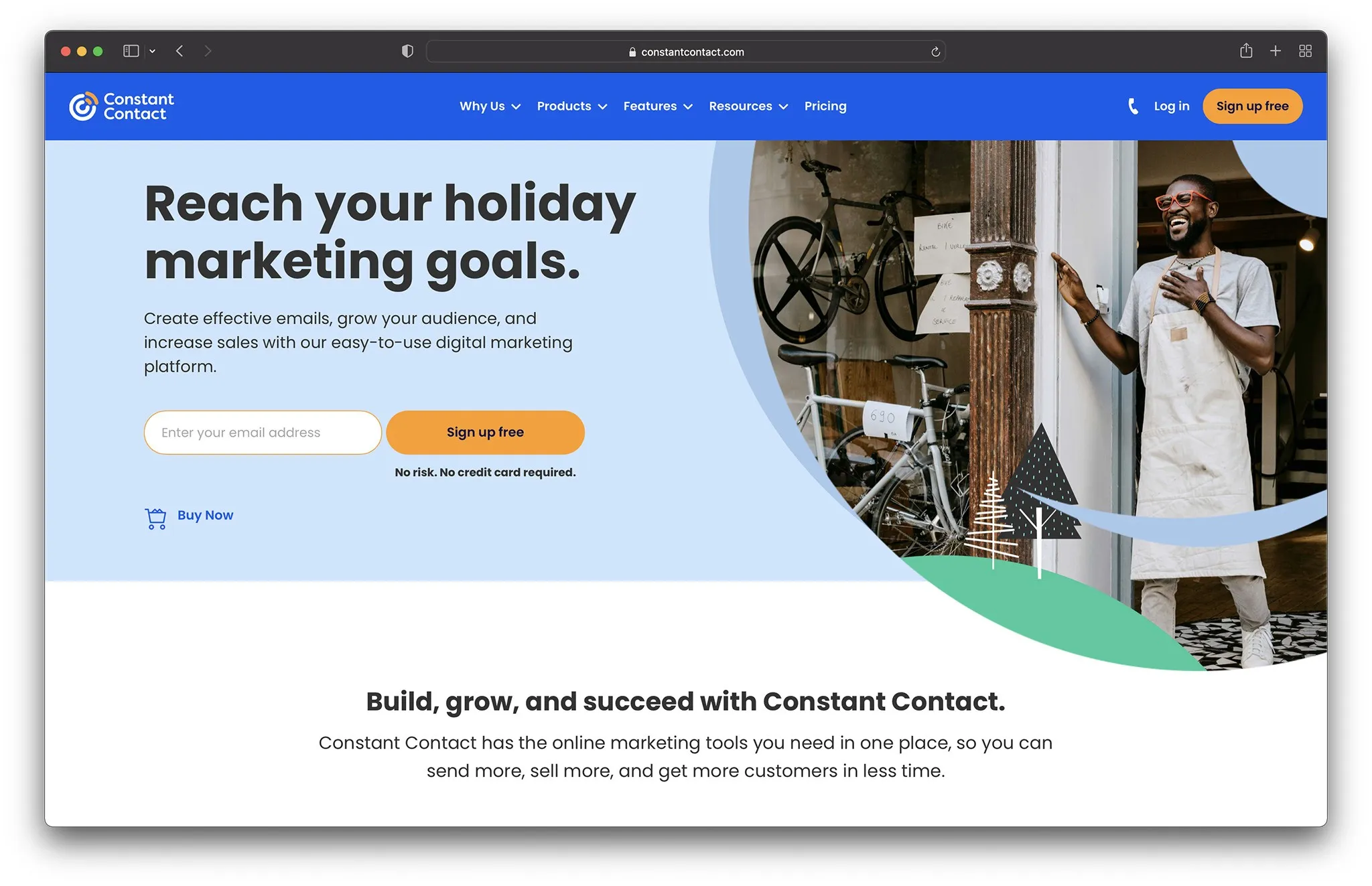
Constant Contact is another excellent tool for measuring email open rates. It offers a range of features designed to help small businesses and non-profits manage their email marketing efforts.
Constant Contact allows you to easily monitor your open rates and make data-driven decisions to enhance your campaigns.
Key Features:
- Real-time tracking of email open rates and other key metrics.
- Customizable reports to gain insights into campaign performance.
- List management tools to keep your email lists clean and up-to-date.
3. Campaign Monitor

Campaign Monitor is known for its beautiful email templates and powerful analytics. It provides in-depth reports that help you understand your email open rates average and other important metrics.
Its intuitive dashboard makes tracking and analyzing your email marketing performance easy.
Key Features:
- Comprehensive reports on open rates, click-through rates, and more.
- Advanced segmentation to tailor your emails to different audience groups.
- A/B testing to optimize subject lines and content for better engagement.
4. GetResponse
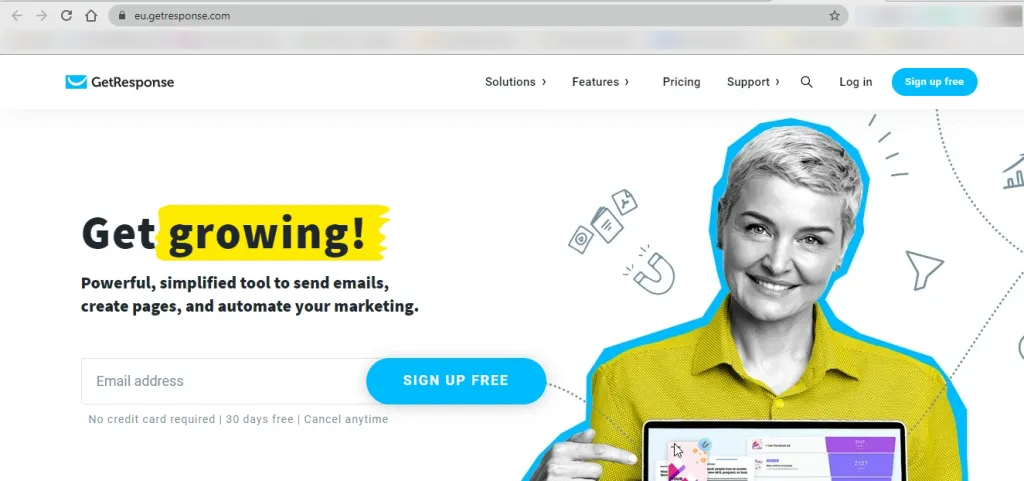
GetResponse is a versatile email marketing platform that offers a wide range of features to help you track and improve your email open rates average.
Its analytics tools provide detailed insights into how your emails perform, allowing you to make informed decisions to enhance your campaigns.
Key Features:
- Detailed analytics on open rates, click-through rates, and other key metrics.
- Advanced segmentation to target specific audience groups.
- A/B testing to find the most effective subject lines and content.
5. HubSpot
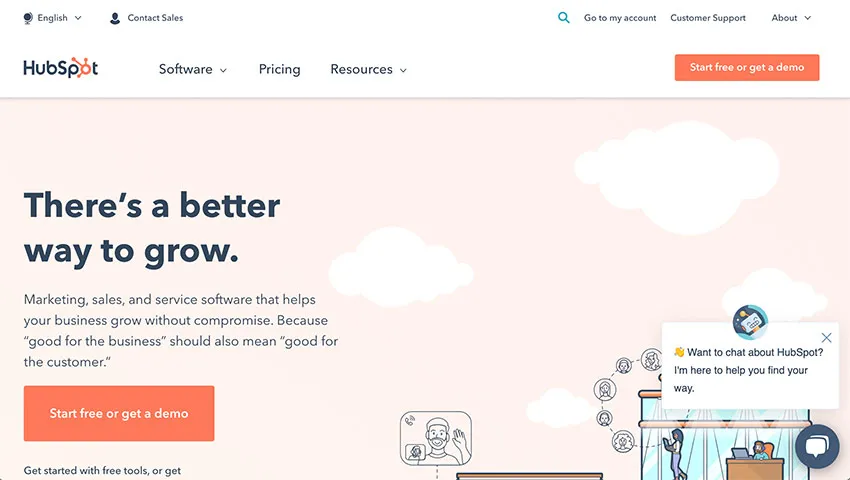
HubSpot is a comprehensive marketing platform that includes powerful email marketing tools. It provides detailed reports on average email open rates, helping you understand what works and what doesn’t.
HubSpot’s analytics tools are designed to help you optimize your email marketing efforts for maximum impact.
Key Features:
- In-depth reports on open rates, click-through rates, and more.
- Advanced segmentation to deliver personalized emails to different audience groups.
- A/B testing to optimize subject lines and content for better engagement.
Tracking Email Marketing Metrics
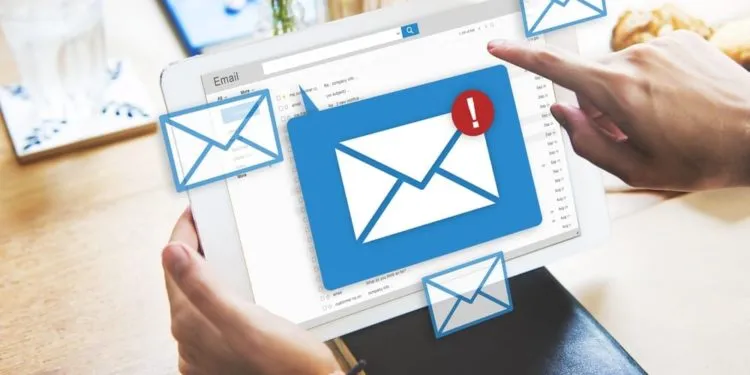
Understanding and tracking your email marketing metric is essential for optimizing your campaigns and improving your average email open rates.
Let's explore the core metrics and advanced metrics you should focus on.
Core Email Marketing Metric
Core email marketing metrics, including your average email open rate, and click rate and metrics, are the foundational indicators that help you understand the basic performance of your email campaigns.
These include:
- Email Open Rates Average
This metric measures the percentage of recipients who open your emails. A higher open rate indicates that your subject lines and sender information are effective.
- Click Through Rates (CTR)
This measures the percentage of recipients who clicked on a link within your email. It helps you gauge the effectiveness of your email content and call-to-action (CTA).
Click-through rate is a key metric for tracking email marketing performance and offers industry benchmarks against which to compare.
- Bounce Rates
This indicates the percentage of emails that were not delivered successfully. High bounce rates can affect your sender’s reputation and overall deliverability.
- Unsubscribe Rates
This metric shows the percentage of recipients who opted out of your email list. It can provide insights into how your content resonates with your audience.
Advanced Email Marketing Metric
Advanced metrics provide deeper insights into your email marketing performance and help you fine-tune your strategies.
These include:
- Conversion Rates: This measures the percentage of recipients who completed a desired action, such as purchasing or filling out a form, after clicking through your email.
- Email Forwarding/Sharing Rates: This indicates how often your email content is shared or forwarded by recipients. High sharing rates can increase your email reach and engagement.
- ROI (Return on Investment): This metric helps you understand the financial return generated from your email marketing efforts. It's calculated by comparing the revenue generated from email campaigns to the total cost.
Engagement Metrics
Engagement metrics help you understand how your audience interacts with your emails.
These include:
- Read Time: This measures how long recipients spend reading your emails. Longer read times indicate higher engagement and interest in your content.
- Email Open Duration: This tracks how long an email remains open on a recipient’s device. It can help you understand the effectiveness of your content in capturing and retaining attention.
- Repeat Opens: This metric shows how often a recipient opens the same email. High repeat opens can indicate strong interest or engagement with your content.
Deliverability Metrics
Deliverability metrics focus on ensuring that your emails reach the intended recipients’ inboxes.
These include:
- Delivery Rate: This measures the percentage of emails successfully delivered to recipients’ inboxes. A high delivery rate is crucial for maintaining good sender reputation.
- Spam Complaint Rate: This tracks the percentage of recipients who mark your emails as spam. Keeping this rate low is essential for avoiding blacklists and maintaining high deliverability.
- Inbox Placement Rate: This indicates the percentage of emails that land in the primary inbox versus the spam or promotions folders. Regularly checking the unsubscribe rate is also important to understand engagement and reduce the number of recipients opting out.
Segmentation and Personalization Metrics
Segmentation and personalization metrics help you tailor your email campaigns to specific audience segments for better results.
These include:
- Segment Performance: This measures the performance of different audience segments in terms of open rates, CTR, and conversion rates. It helps you identify the most responsive segments.
- Personalization Impact: This tracks the effectiveness of personalized content, such as using recipients’ names or tailored product recommendations, on engagement metrics.
A/B Testing Metrics
A/B testing metrics help you optimize your email campaigns by testing different elements.
These include:
- Subject Line Testing: This involves testing different subject lines to see which one achieves the highest open rate.
- Content Testing: This includes testing different versions of email content to determine which drives higher engagement and conversions.
- Send Time Testing: This metric helps you find the optimal send times for your emails by testing different times and analyzing the resulting engagement metrics.
Challenges in Optimizing Email Open Rates Average

Due to various challenges, improving your email open rates average can be a complex task.
Let’s explore some of the main obstacles and how you can address them.
1. Subject Line Effectiveness
Your email subject line is the first thing recipients see, greatly influencing whether they will open the email.
Crafting compelling and relevant subject lines is essential.
Use A/B testing to find what resonates best with your audience. Incorporate personalization and avoid spammy phrases to improve open rates.
2. Deliverability Issues
Deliverability issues can severely impact your email open rates average.
Ensuring your emails land in the inbox rather than the spam folder is crucial.
Maintain a clean email list, use authenticated sending domains, and monitor your sender reputation to enhance deliverability.
3. Email Frequency
Finding the right email frequency is critical.
Sending too many emails can lead to email fatigue and increased unsubscribe rates, while sending too few can result in low engagement.
Analyze your audience’s behavior to determine the optimal frequency and adjust accordingly to maintain a good email open rate average.
4. Content Relevance
The relevance of your email content plays a significant role in open rates.
Ensure your emails provide value to the recipients.
Personalize the content based on their preferences and past behavior. Relevant content not only improves open rates but also enhances overall engagement.
5. Mobile Optimization
With many users accessing emails on mobile devices, mobile optimization is essential.
Ensure that your emails are mobile-friendly, with responsive design and easy-to-read content.
Test your emails on various devices to guarantee a seamless experience, which can improve your average email open rates.
6. Sender Reputation
Your sender's reputation directly affects your email deliverability and open rates.
Use best practices such as regular list cleaning, avoiding spammy content, and using a reputable email service provider.
Monitoring your sender's reputation helps maintain high deliverability and has good open rate and rates.
7. Timing
Timing your emails correctly can significantly impact open rates.
Analyze when your audience will most likely check their emails and schedule your campaigns accordingly.
Testing different send times can help you find the optimal timing to maximize your email open rates average.
8. Email Fatigue
Email fatigue occurs when recipients receive too many emails from you, leading to disengagement.
To combat this, segment your audience and tailor your frequency to their preferences.
Offering a preference center where subscribers can choose how often they hear from you can also help reduce email fatigue.
Conclusion
Throughout this article, we explored the most effective ways to optimize email open rates by industry averages.
We began by discussing the importance of understanding good email open rates and the factors influencing them, such as subject lines, deliverability issues, and email frequency.
We then delved into industry-specific data and tools like Mailchimp and HubSpot that help measure and improve open rates. We also addressed industry challenges like email fatigue and compliance with regulations, including the impact of mail privacy protection on tracking and analytics.
By implementing the strategies and best practices outlined, you can effectively enhance your email marketing performance, leading to higher engagement and better campaign results.
For more tips on improving email open rates, check out our detailed blog post.





.jpg)

.jpg)
